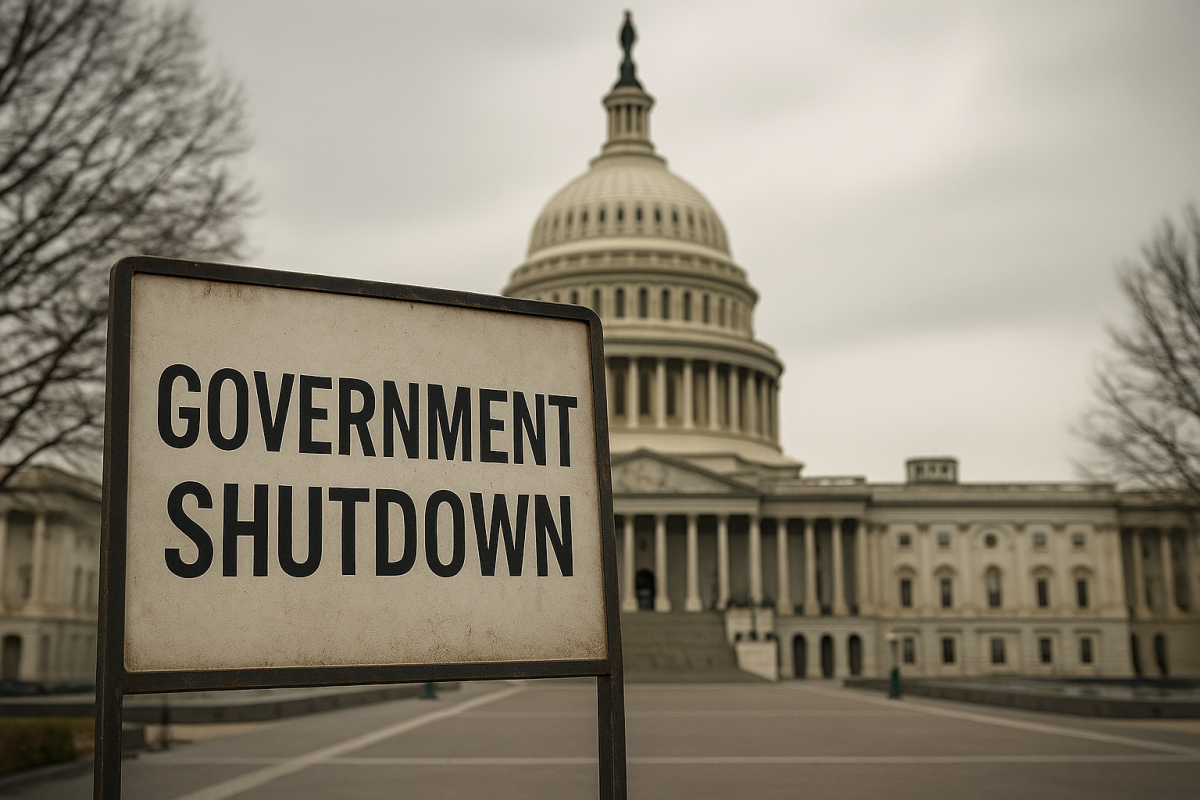The federal government officially shut down on Oct. 1, 2025, at 4:00 GMT, after Congress failed to agree on a bill to fund government services into the new fiscal year. The shutdown marks the first in nearly seven years and highlights the ongoing political divide between Republicans and Democrats over federal spending.
The federal government operates through three branches: legislative, executive and judicial. These branches create and interpret laws, enforce policies, levy taxes and manage spending. Together, they ensure no single person or group holds too much power. However, when the branches or political parties cannot reach a spending agreement, the government can lose funding and temporarily shut down.
This year’s shutdown began when Congress could not pass a continuing resolution to extend funding. Republicans currently control both chambers of Congress, but they lack the 60 votes required in the Senate to pass a spending bill without bipartisan support. Democrats have used that leverage to push for extending expiring tax credits aimed at making health insurance more affordable and for reversing previous Medicaid funding cuts made under President Donald Trump.
A stopgap bill was introduced in an attempt to avoid the shutdown, but it failed to gain enough votes in the Senate. As a result, thousands of government employees are now working without pay or have been furloughed until funding resumes.
Essential services such as border protection, law enforcement, immigration and customs enforcement, in-hospital medical care and air-traffic control will continue operating. However, nonessential services, including national parks, museums, student aid programs, clinical trials and federal grants, have been paused.
While the shutdown is expected to be temporary, it will affect millions of Americans and could have lasting economic and social consequences. The situation has sparked renewed debate over partisanship in Washington and the broader issue of government spending priorities.
































